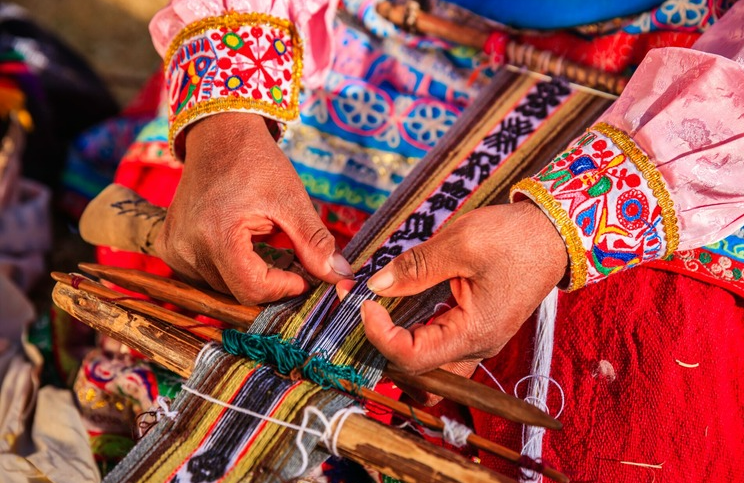
In a fast-paced world, where mass production and automation dominate, you can still find regions and communities where handmade art and ancient techniques continue to thrive. These artisanal skills are much more than jobs and beautiful art forms; they are vital to the preservation of diverse cultures and a testament to human ingenuity. They’re also a bridge between generations, as these skills have been passed down for centuries. From potters in Jaipur and sake brewmasters in Japan to handweaving in Perugia and salt mining in Peru, we look at some of the most remarkable artisanal jobs.
Quechuan weaving in Cusco, Peru

Quechuan weaving is a centuries-old tradition and one of the oldest artisanal jobs in Peru. Weavers use natural dyes and ancient techniques to create vibrant textiles depicting the cultural heritage of the Andean people. In Cusco, you can visit the Center for Traditional Textiles of Cusco which helps preserve the Quechuan weaving traditions. Nilda Callañaupa Alvarez, a Quechua scholar, and director of the Center for Traditional Textiles of Cusco can teach you about her mission to preserve traditional weaving techniques and help support these artisans and skills passed down through generations. By visiting, you’ll not only celebrate the cultural heritage of the region but also contribute to the economic empowerment of the local communities.
The Geisha Art Form in Kyoto, Japan

Geishas are highly skilled entertainers who undergo years of rigorous training in traditional Japanese arts, including dance, music, and conversation. Steeped in tradition and mystery, geishas are living embodiments of Japan’s cultural legacy, serving as guardians of its traditions and artistry. As geisha traditions are dwindling across Japan, it’s vital to recognise the important contribution of geishas to Japanese culture.
Experience it: Majestic Japan
Glassblowing in Murano, Venice
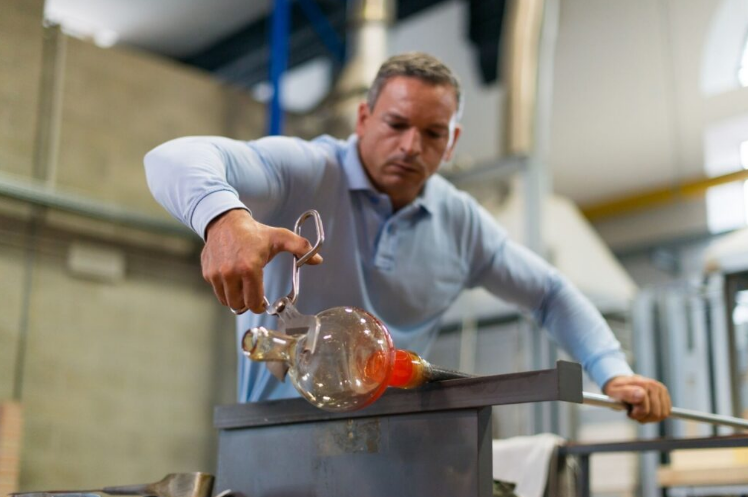
This small island near Venice has been renowned for its glass-blowing craftsmanship for centuries. The artisans of Murano possess an exceptional mastery of glass manipulation, shaping molten glass into intricate forms. From delicate chandeliers to exquisite vases, their creations are timeless works of art. However, the art of glassblowing faces challenges due to the influx of cheaper, mass-produced alternatives. Preserving these artisanal jobs and skills is crucial, not only for the local artisans but also for the preservation of the unique cultural identity of Murano.
Block printing and blue pottery in Jaipur, India
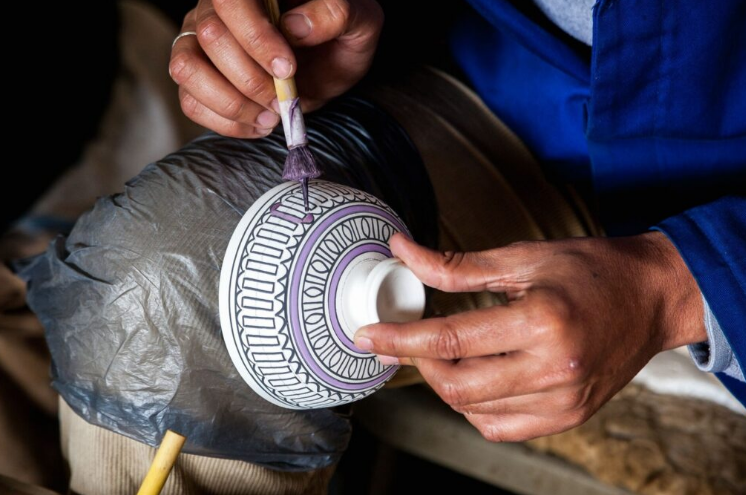
Delve into the side lanes of old Jaipur, and you’ll discover the highly skilled local artisans who are passionate about passing on their ancient crafts. Two of the most important crafts are the intricate arts of block printing and blue pottery.
Block printing involves carving intricate designs onto wooden blocks, which are then dipped in natural dyes and stamped onto the fabric. It requires meticulous precision and an intimate understanding of the materials to achieve the desired patterns. Blue pottery utilizes a unique technique that originated in Persia and found its way to Jaipur. Skilled potters handcraft each delicate piece, creating stunning blue and white designs.
Experience it: Essence of India
Flamenco performers in Seville, Spain
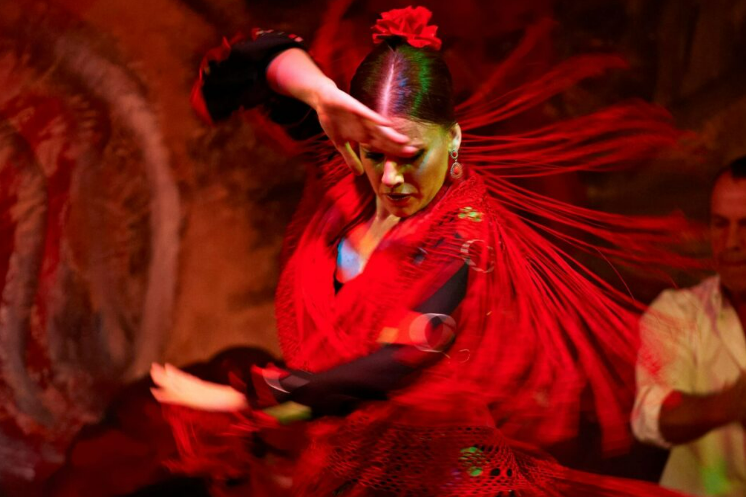
The soul-stirring rhythms and movements of flamenco are deeply ingrained in the cultural fabric of Spain. Skilled flamenco artists, known as bailaores and bailaoras, captivate audiences with their passionate dance, music, and singing. Flamenco was named an “Intangible Cultural Heritage” by UNESCO in 2010, however, this Spanish tradition is seriously endangered. With fewer skilled flamenco performers and the Covid pandemic forcing many out of business, it’s more important than ever to preserve this powerful cultural art form.
You’ll discover flamenco with Luxury Gold when we visit the Cristina Heeren Foundation in Seville, which promotes the teaching and conservation of flamenco. As part of this MAKE TRAVEL MATTER® Experience, you’ll meet the students, learn some flamenco steps, and feel the passion as they perform a flamenco show.
Experience it: Spain & Portugal in Style
Traditional handweavers in Perugia, Italy
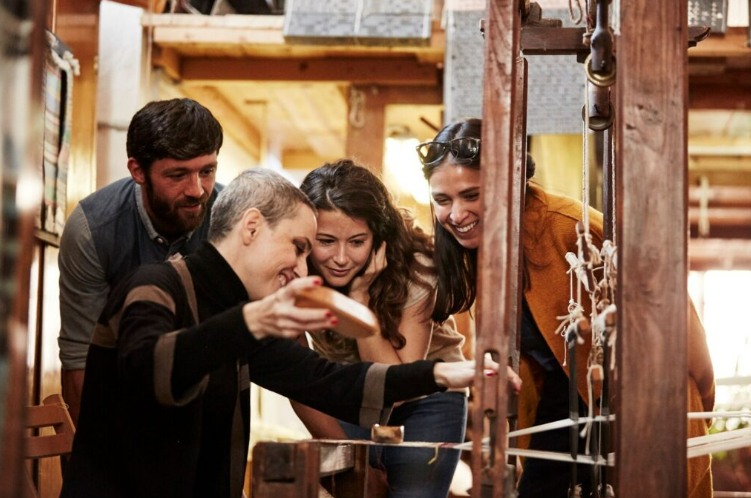
The central Italian region of Umbria is famous for its medieval weaving tradition, yet there are very few artists who possess these ancient skills. You’ll find the last remaining weavers at the Laboratorio Giuditta Brozzetti in the historic city of Perugia, a sanctuary for handweaving. Here the skilled weavers craft stunning tapestries and fabrics using traditional techniques passed down through generations. When you visit Perugia, you can meet the founder and fourth-generation weaver, Marta, to learn about the medieval art of handweaving and admire their woven masterpieces.
Rice paper making in Vietnam
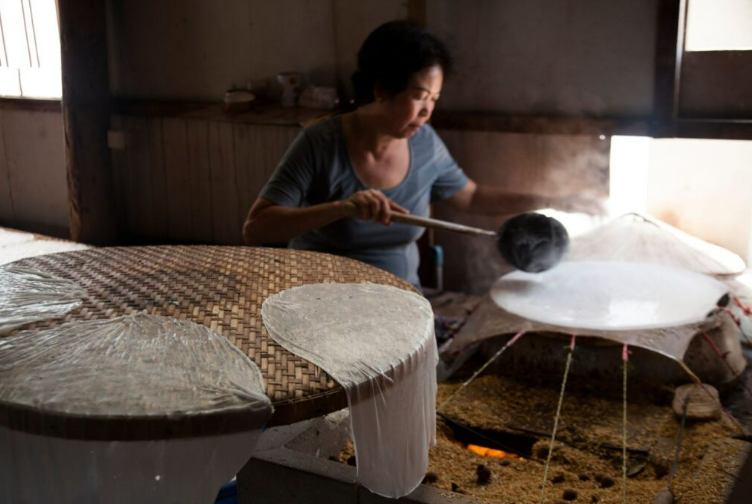
This ancient craft of rice paper making been passed down for generations in Vietnam. Skilled artisans use delicate processes to create versatile rice paper sheets. While they’re commonly used in decorative crafts, such as lotus flowers and intricate lanterns, rice paper sheets can also be used as a canvas for traditional paintings, handwritten calligraphy, and sacred texts. Traditional rice paper making faces challenges with competition from mass-produced versions. However, there are a group of artisans who work diligently to pass their knowledge and craft on to future generations.
Experience it: Inspiring Indochina
Ancient salt mining in Maras, Peru
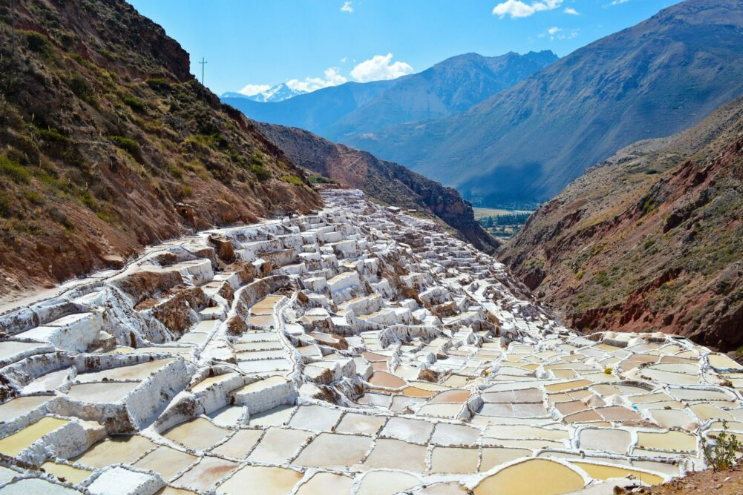
High in the Peruvian Andes lies the breathtaking Salt Mines of Maras, where salt is harvested using centuries-old techniques. The farmers channel mineral-rich spring water into terraced pools. This allows the sun to evaporate the water, leaving behind dazzling salt crystals. This evaporation technique has been used since Incan times. It’s been passed down by generations of local families, who still harvest salt and sell it to local markets. This method not only produces unique salts but also sustains the local community and preserves these artisanal jobs.







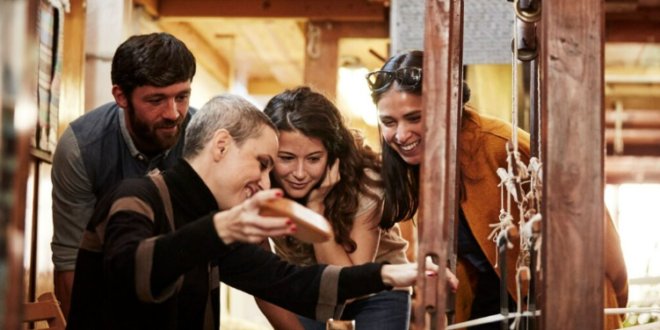


Join the Discussion
Type out your comment here:
You must be logged in to post a comment.